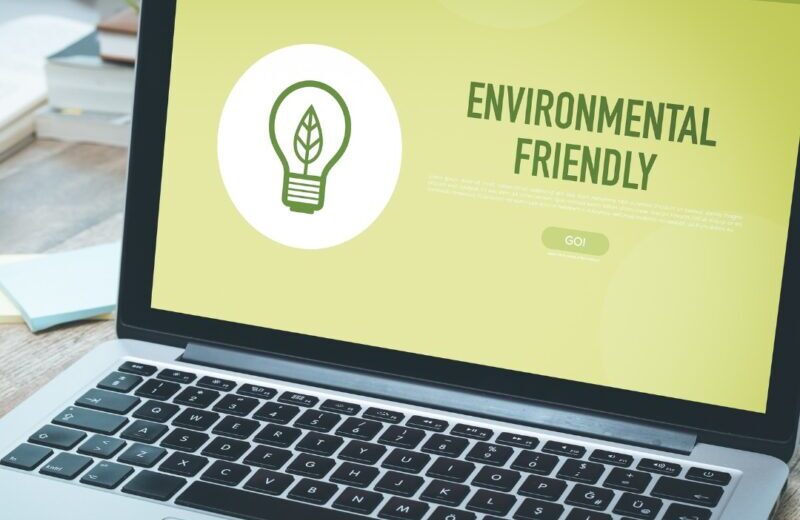Online School
The Environmental Impact of Online Learning

Grad Solutions provides a way for students to return to high school and earn their diploma – all online and at your own pace. Obviously, we strongly believe in the power of online learning for the benefits it provides our students—fitting school into their schedules and lives, finding flexibility and support rarely found outside the traditional brick-and-mortar classroom, and the ability to learn on their own terms.

But online learning doesn’t just benefit students. It has a tremendous benefit to the environment, as well. According to NASA, “global climate change has already had observable effects on the environment.” Earth’s temperatures have risen by over a tenth of a degree every decade since 1880, with measurably increasing surface temperatures over time. Changes in temperature have led to changes in rainfall, with increased precipitation in some areas (EPA), and drastic decreases in others (National Geographic).
With 1.2 billion school-aged children around the world, the environmental impact of transporting, educating and feeding the masses cannot be underestimated. There are many various ways that online learning can change the face of the planet and impact the environment for the better.

First, learning online reduces your carbon footprint. Gone are the days of your parents dropping you off at school, or even taking the bus, when your schooling is available at your fingertips. When nearly 60% of students are dropped off at school by their parents (Bloomberg), those carbon emissions really start to add up. A move to virtual learning at a large scale can reduce carbon emissions by nearly 300 pounds a year!
With online learning occurring in a virtual space, teachers are also no longer making infinite paper copies or running their curricula largely through paper worksheets and handouts. Schools in the United States use about 32 billion sheets of paper in a year, accounting for between 1.5 and 3.2 million trees! Instead, online learning allows students to take virtual or paper notes without a lot of the paper excess created in brick-and-mortar schools.
Just keeping the lights on, heat running, and maintaining a school building is another energy drain. Moving online not only reduces the energy consumption of schools (where frequently lights stay on for hours whether or not someone is in the room or building), but it also reduces energy costs for districts and schools.

While these excesses within school buildings may seem like the cost of doing business, er… education, they are avoidable costs when you consider a transition to online learning. Online learning not only saves you time and energy while allowing you to direct your own learning, but it allows you to do something good for the environment, as well.